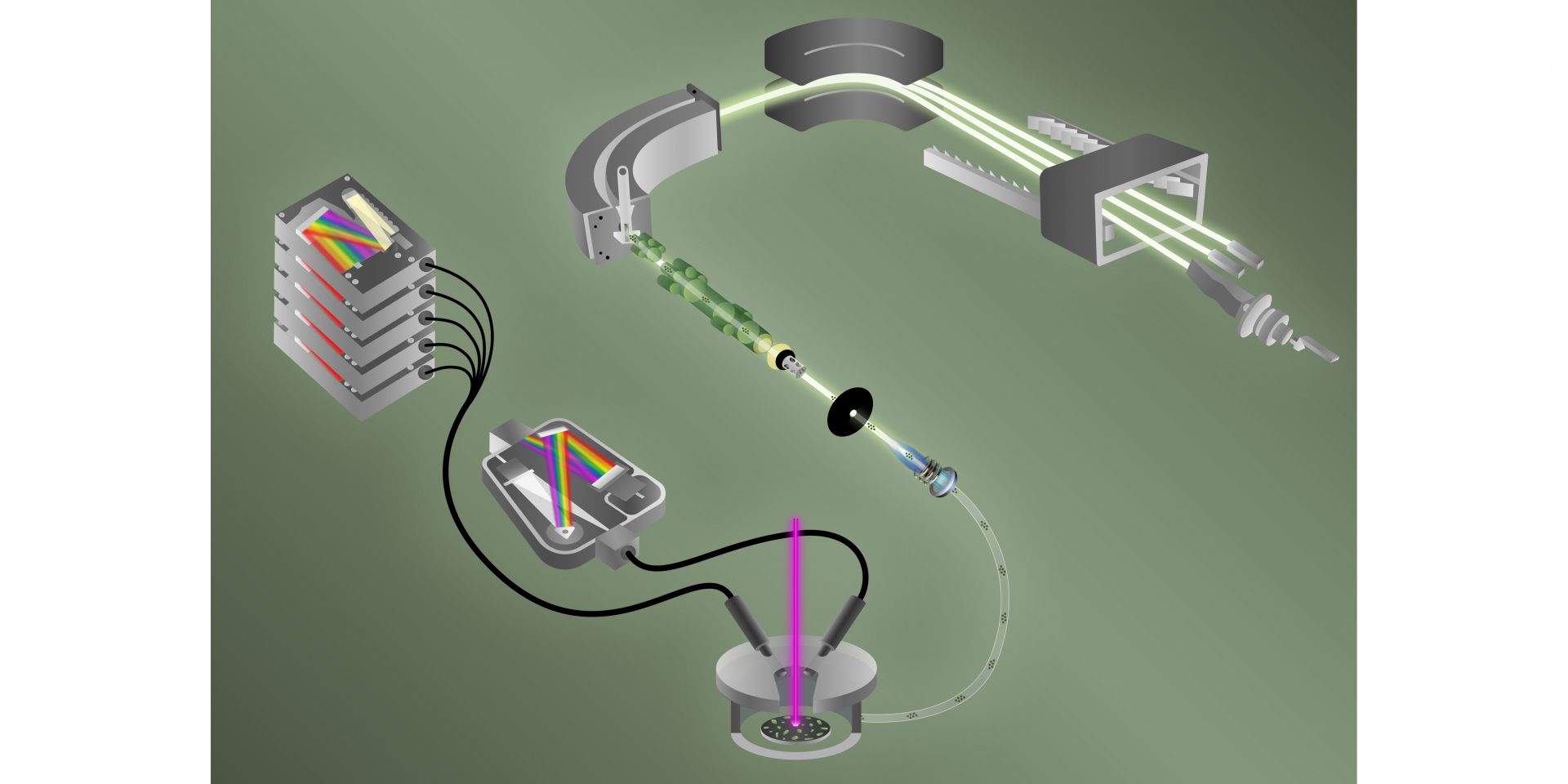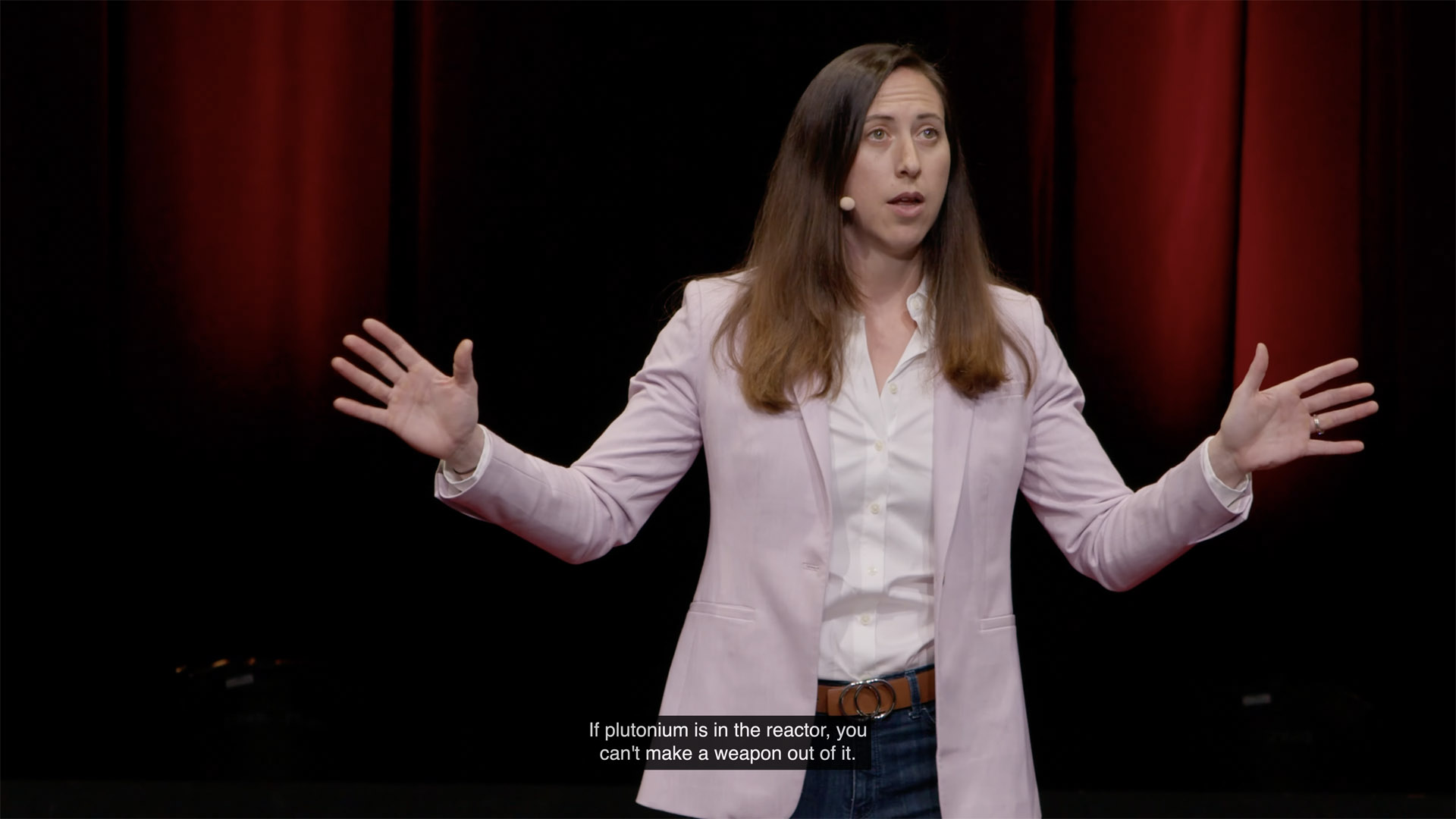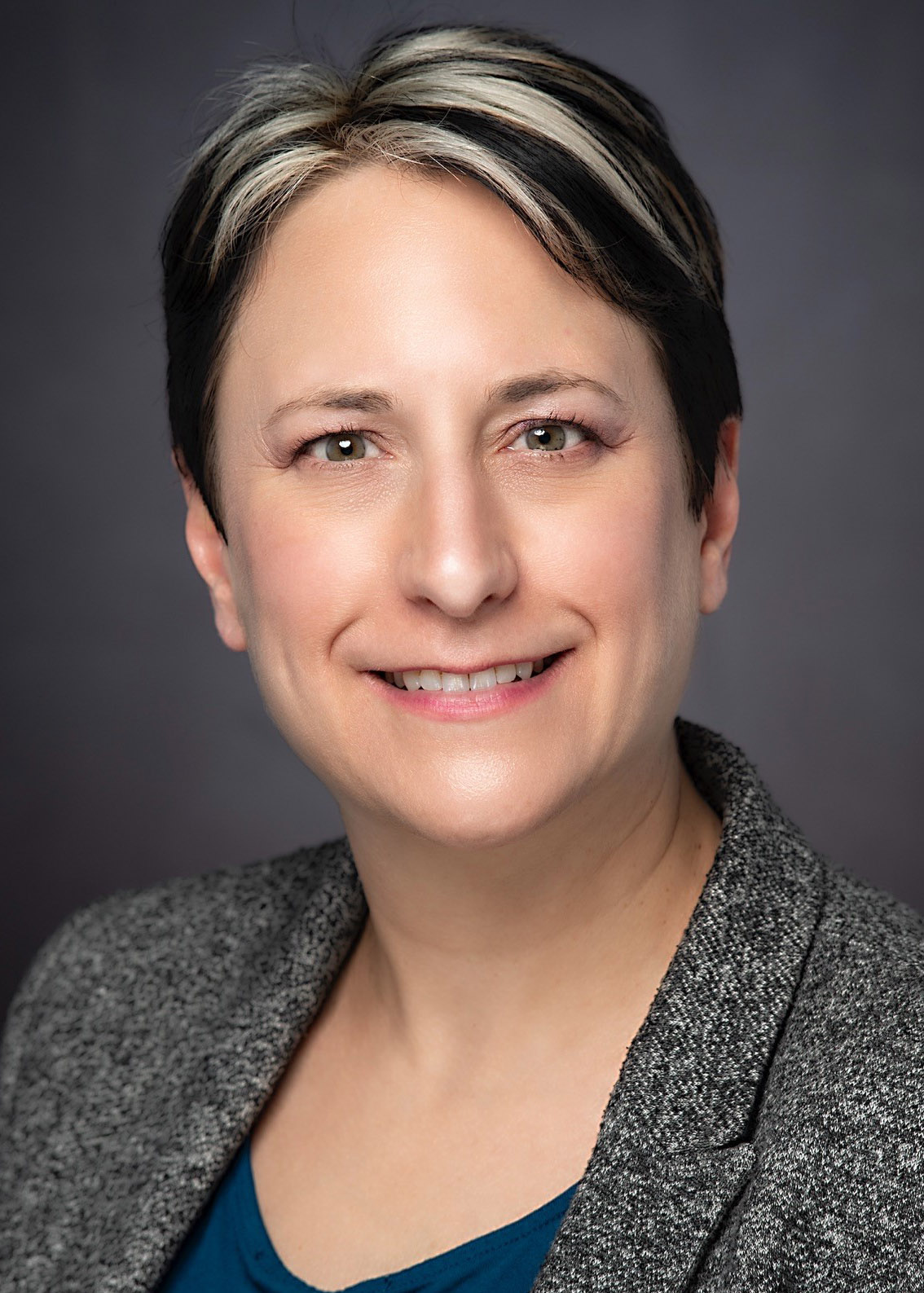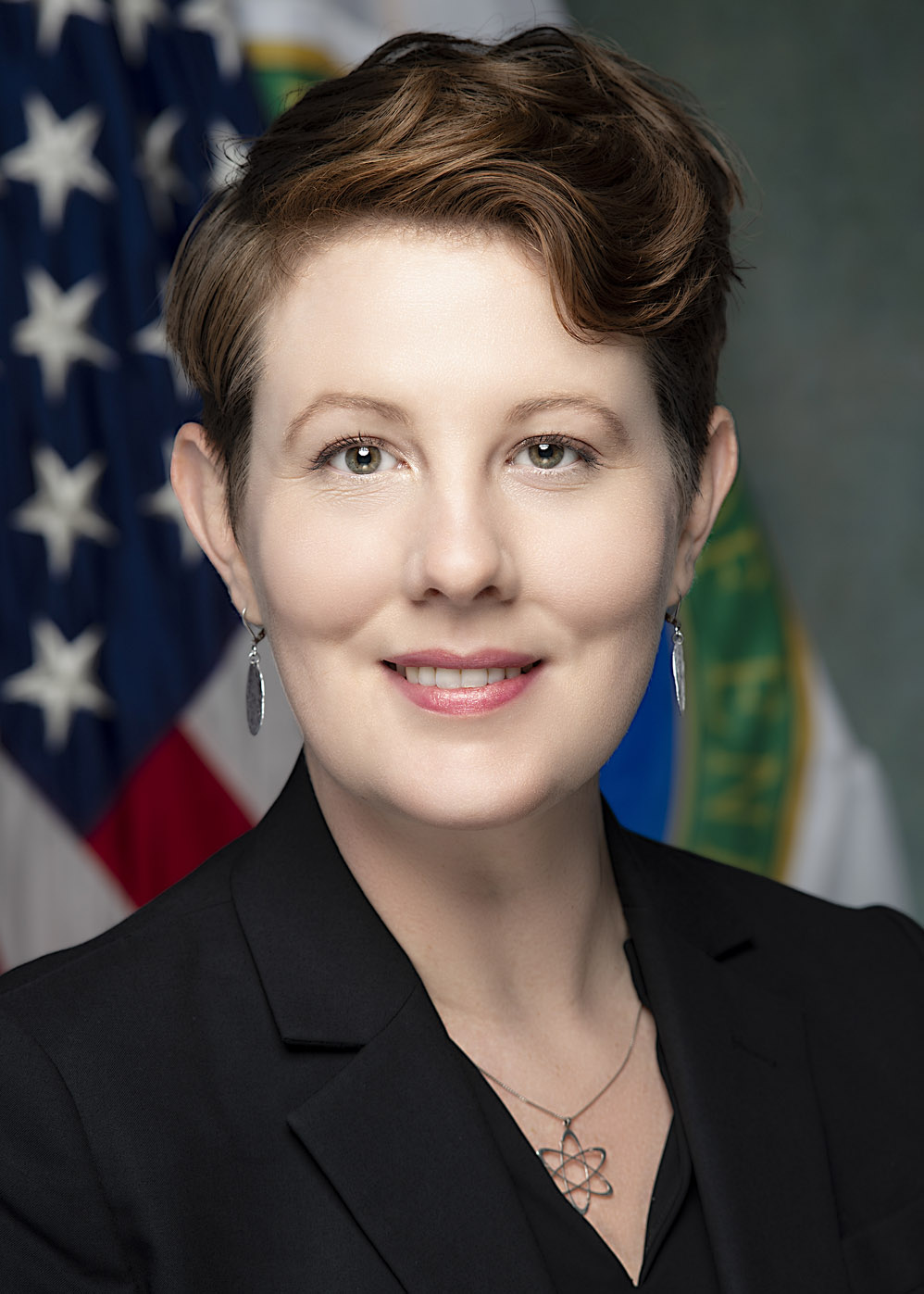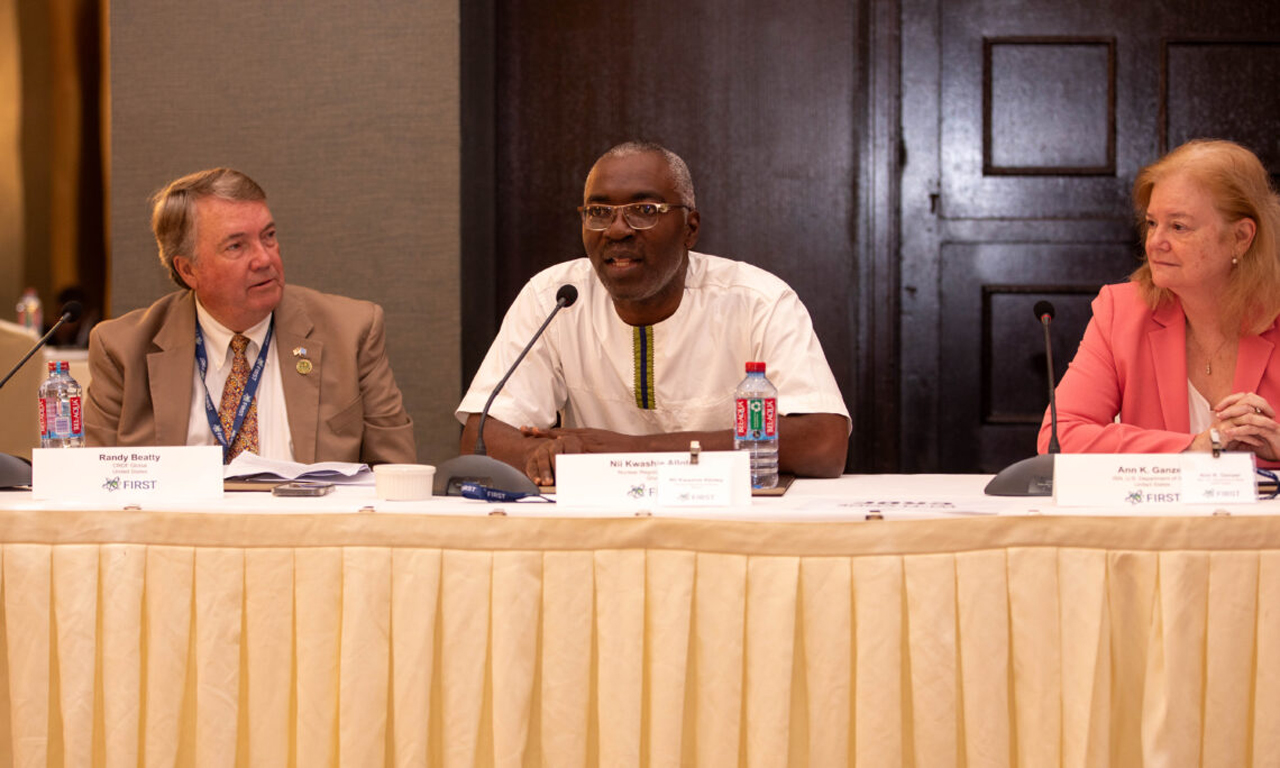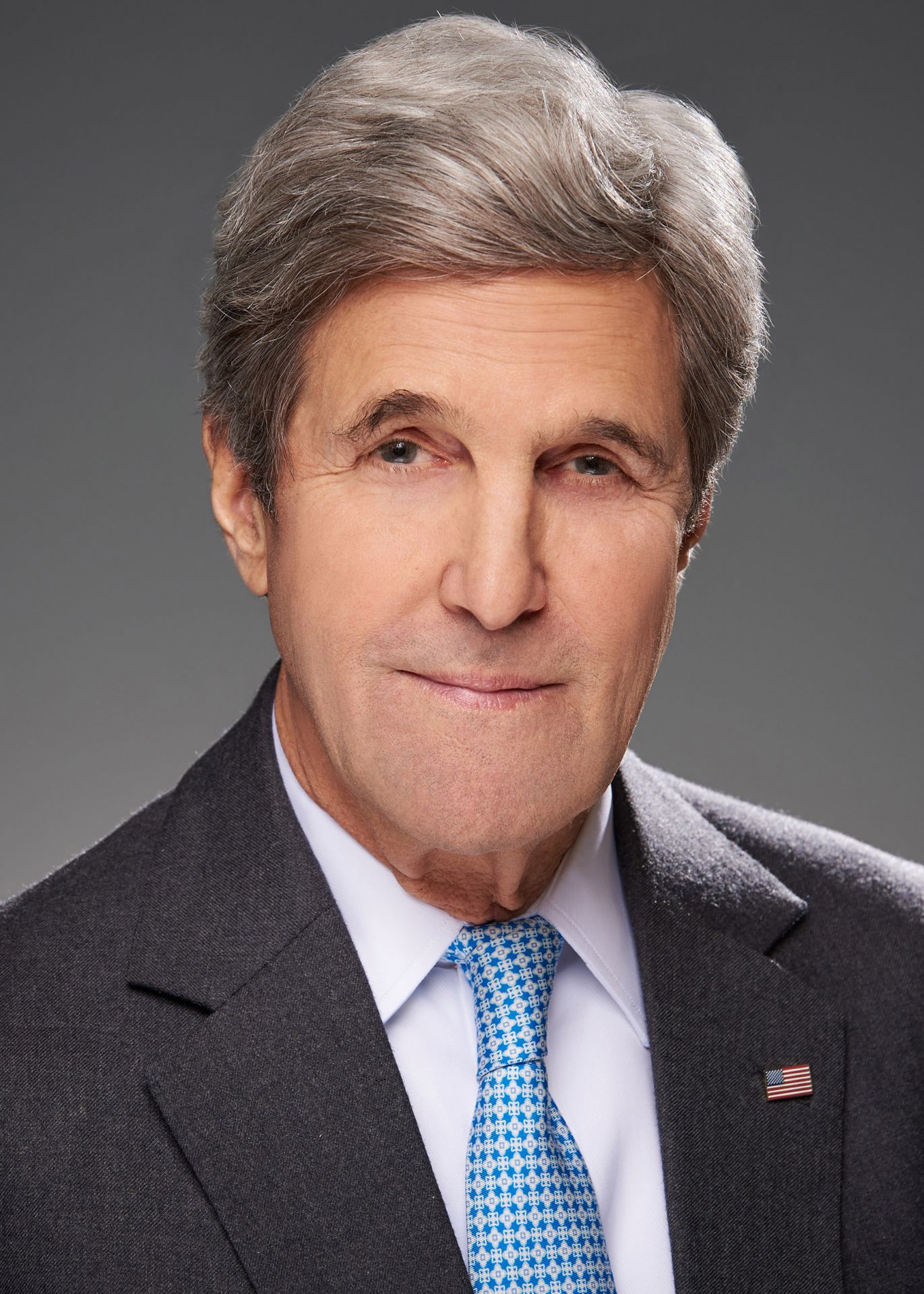ORNL’s tandem technologies detect fluorine and isotopes of uranium at the same time to discern the fingerprint of a nuclear material made for fuel or weaponry. (Image: Benjamin Manard and Jacquelyn DeMink/ORNL)
By combining two techniques, analytical chemists at Oak Ridge National Laboratory have for the first time simultaneously detected fluorine and different uranium isotopes in a single particle. Quickly detecting both elements together may help International Atomic Energy Agency inspectors determine if and when undisclosed enrichment has taken place. The findings, published in the Journal of the American Chemical Society, “push the limit” of how fast single particles can be characterized in terms of their chemical, elemental, and isotopic compositions, according to a September 26 news release from ORNL.
ANS open letter to Science magazine challenging claims about HALEU
September 3, 2024
Dr. Holden Thorp
Editor-in-Chief, Science
Subject: Science magazine Policy Forum article “The weapons potential of high-assay low-enriched uranium” published June 2024
Dear Dr. Thorp:
The American Nuclear Society—a professional nuclear science and technology society representing more than 10,000 members worldwide—writes this open letter to address concerns regarding Science magazine’s June 2024 Policy Forum article, entitled “The weapons potential of high-assay low-enriched uranium” by R. Scott Kemp, Edwin S. Lyman, Mark R. Deinert, Richard L. Garwin, and Frank N. von Hippel.
The article describes the potential misuse of high-assay low-enriched uranium (HALEU)1. We acknowledge the importance of this discussion and the necessity of continually evaluating the proliferation risks associated with nuclear materials. However, after extensive technical review of the article by members and officers of the ANS Fuel Cycle and Waste Management Division and the ANS Nuclear Nonproliferation Policy Division, we remain unconvinced of the positions advocated by the authors.
ANS open letter scrutinizes hyperbolic unscientific claims about HALEU
Washington, D.C. — In an open letter to Science magazine, the American Nuclear Society (ANS), a professional nuclear science and technology society representing over 10,000 members worldwide, expressed its membership’s skepticism toward claims made in a recent article that advocated high-assay low-enriched uranium (HALEU) fuel should be reclassified by the United States and restricted from commercial use in powering advanced reactor designs. The ANS emphasized the importance of a balanced, science-based discussion, and scrutinized the unscientific and hyperbolic nature of the arguments presented in the article.
“We acknowledge the importance of this discussion and the necessity of continually evaluating the proliferation risks associated with nuclear materials,” wrote ANS President Lisa Marshall in the letter. “However, after extensive technical review of the article by members and officers of the ANS Fuel Cycle and Waste Management Division and the ANS Nuclear Nonproliferation Policy Division, we remain unconvinced of the positions advocated by the authors.”
Rafael Mariano Grossi, director general of the International Atomic Energy Agency. (Photo: IAEA)
The peaceful uses of nuclear science and technology today hold more promise to heal the world since Austrian Swedish physicist Lise Meitner and her colleagues discovered nuclear fission in 1938, said Rafael Mariano Grossi, director general of the International Atomic Energy Agency, in a new essay titled “Nuclear Must Be Part of The Solution” published by the magazine Foreign Affairs.
Jenifer Shafer during her TEDx talk on nuclear energy. (Screen capture: YouTube)
Jenifer Shafer, the associate director for technology at the Advanced Research Projects Agency–Energy (ARPA-E), recently delivered a TEDx talk in which she explained the basic concepts of nuclear waste recycling, including related nonproliferation issues. As Shafer wrote in a post on LinkedIn, “In my talk, I explored the misconceptions surrounding nuclear waste and discuss[ed] the possible emerging opportunities regarding nuclear fuel recycling. It’s crucial that we understand the real potential of nuclear energy, and leveraging our ‘nuclear treasure,’ in shaping a sustainable future.”
Statement from the American Nuclear Society on the G7 communiqué.
June 20, 2024, 1:19PMEdited June 20, 2024, 1:31PMUpdated June 20, 2024, 1:29PMPress Releases Las Vegas, Nev. — The American Nuclear Society (ANS) issued the following statement during the 2024 ANS Annual Conference in Las Vegas:
“The American Nuclear Society applauds the Group of Seven (G7) leaders’ Apulia communiqué in its call for continued international cooperation in strengthening, expanding, and diversifying civil nuclear supply chains as the world deploys advanced reactors.
Irradiation of test fuel at SCK-CEN's BR2 reactor in Belgium. (Photos: KAERI)
The Korea Atomic Energy Research Institute has developed a high-density uranium silicide fuel designed to replace high-enriched uranium in research reactors. Recent irradiation tests appear to be successful, KAERI reports, which means the fuel could be commercialized to continue a key global nuclear nonproliferation effort—converting research reactors to run on low-enriched uranium fuel.
U.K. energy security secretary Claire Coutinho and South Korean minister for trade, industry, and energy Moon Kyu Bang, following the signing of the U.K.-ROK Clean Energy Partnership. (Photo: @ClaireCoutinho/X)
The United Kingdom has announced a new partnership with South Korea to accelerate the clean energy transition by strengthening cooperation on low-carbon technologies, domestic climate policies, and civil nuclear energy.
Signed November 22 in London by British energy security and net zero secretary Claire Coutinho and South Korean minister for trade, industry, and energy Moon Kyu Bang, the partnership promotes U.K.-South Korean business collaboration, addressing barriers to trade and encouraging mutual development of the two nations’ energy sectors.
Lotilla (seated, at left) and Blinken (seated, at right) sign the 123 Agreement in San Francisco. Looking on (left to right) are Ann Ganzer, principal deputy assistant secretary, Bureau of International Security and Nonproliferation, U.S. State Department; Ferdinand Marcos Jr., Philippine president; and Daniel Kritenbrink, assistant secretary, Bureau of East Asian and Pacific Affairs, U.S. State Department. (Photo: @SecBlinken/X)
The United States and the Philippines last week signed a civil nuclear cooperation agreement—known in policy wonk jargon as a 123 Agreement.
U.S. principal deputy assistant secretary of state for international security and nonproliferation Ann Ganzer (right) with Nii Kwashie Allotey of the Ghanaian Nuclear Regulatory Authority (center). (Photo: U.S. Embassy in Ghana )
The U.S. Embassy in Ghana last week announced $1.75 million to support establishing the West African nation as a small modular reactor regional training hub and center of excellence for the sub-Saharan African region.
The project is backed by the Foundational Infrastructure for Responsible Use of Small Modular Reactor Technology (FIRST) capacity-building program, in which Ghana has participated since 2022.
